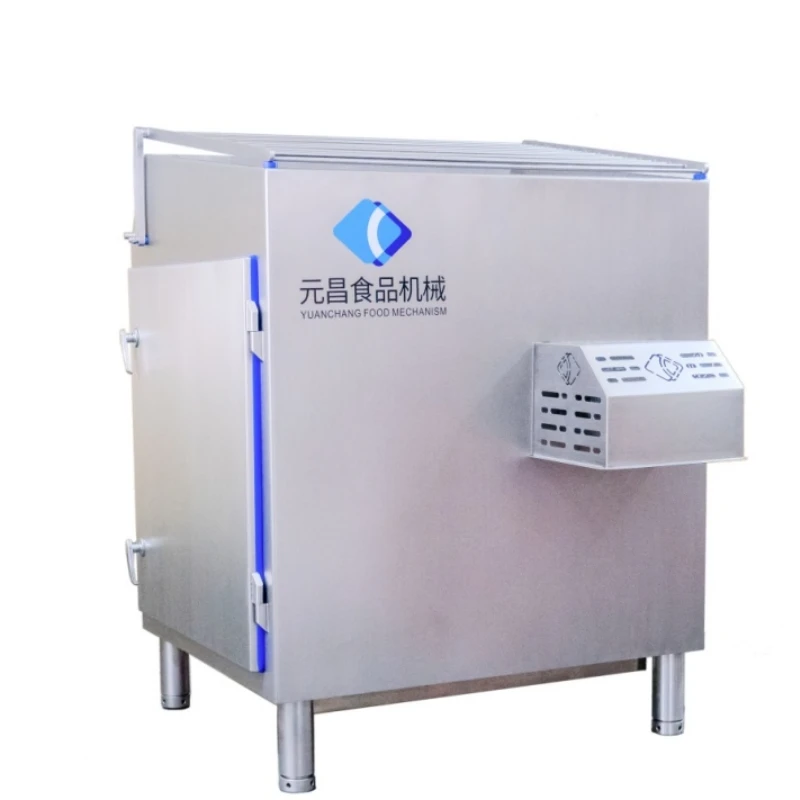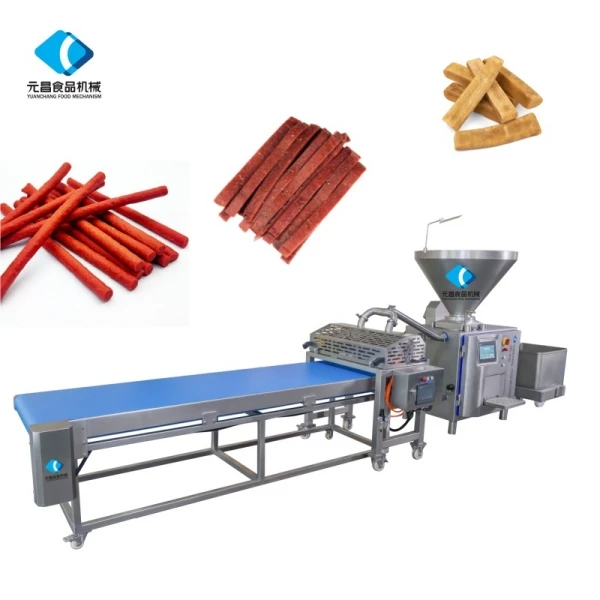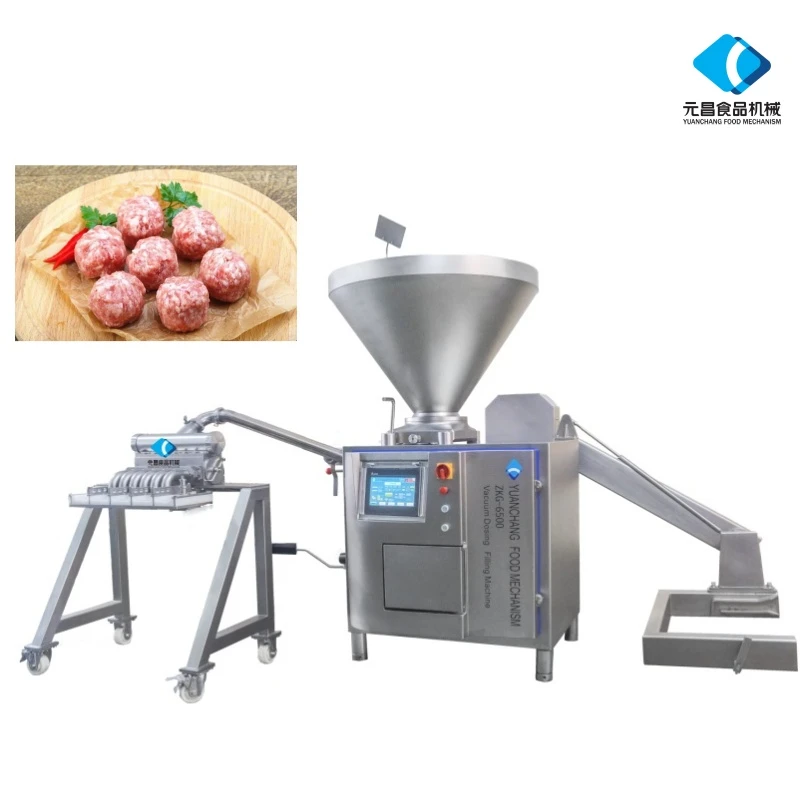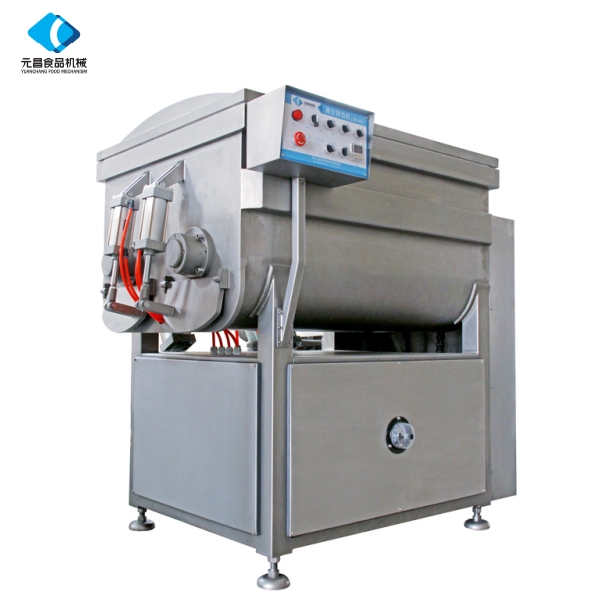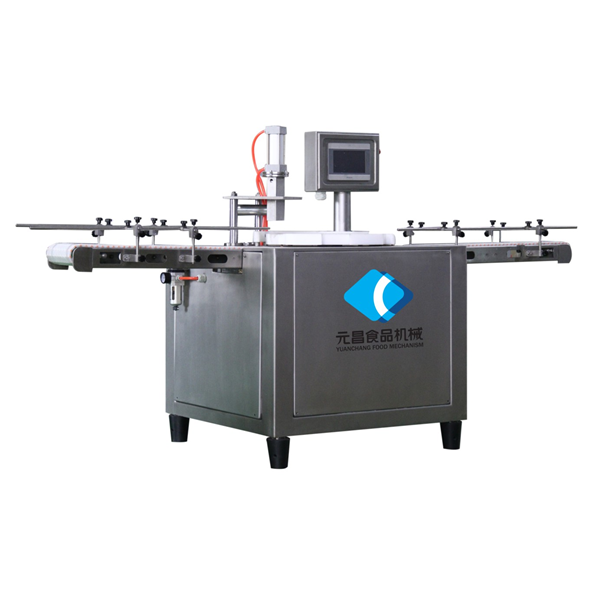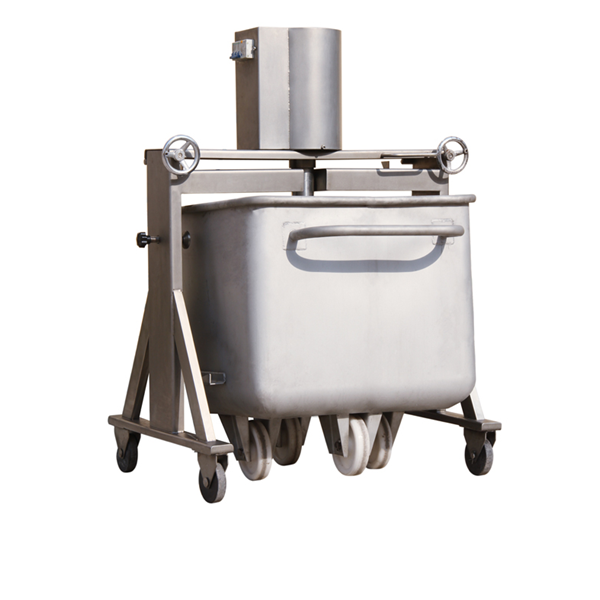- Afrikaans
- Albanian
- Amharic
- Arabic
- Armenian
- Azerbaijani
- Basque
- Belarusian
- Bengali
- Bosnian
- Bulgarian
- Catalan
- Cebuano
- chinese_simplified
- chinese_traditional
- Corsican
- Croatian
- Czech
- Danish
- Dutch
- English
- Esperanto
- Estonian
- Finnish
- French
- Frisian
- Galician
- Georgian
- German
- Greek
- Gujarati
- haitian_creole
- hausa
- hawaiian
- Hebrew
- Hindi
- Miao
- Hungarian
- Icelandic
- igbo
- Indonesian
- irish
- Italian
- Japanese
- Javanese
- Kannada
- kazakh
- Khmer
- Rwandese
- Korean
- Kurdish
- Kyrgyz
- Lao
- Latin
- Latvian
- Lithuanian
- Luxembourgish
- Macedonian
- Malgashi
- Malay
- Malayalam
- Maltese
- Maori
- Marathi
- Mongolian
- Myanmar
- Nepali
- Norwegian
- Norwegian
- Occitan
- Pashto
- Persian
- Polish
- Portuguese
- Punjabi
- Romanian
- Russian
- Samoan
- scottish-gaelic
- Serbian
- Sesotho
- Shona
- Sindhi
- Sinhala
- Slovak
- Slovenian
- Somali
- Spanish
- Sundanese
- Swahili
- Swedish
- Tagalog
- Tajik
- Tamil
- Tatar
- Telugu
- Thai
- Turkish
- Turkmen
- Ukrainian
- Urdu
- Uighur
- Uzbek
- Vietnamese
- Welsh
- Bantu
- Yiddish
- Yoruba
- Zulu
Commercial Bowl Cutters Top Efficiency & Durability
- The evolution and essential role of commercial bowl cutter
s in food processing - Engineering innovations redefining bowl cutter performance standards
- Comparative analysis of industry-leading manufacturers' specifications
- Decoding the variables impacting commercial bowl cutter pricing
- Customization frameworks for specialized production requirements
- Operational success stories across meat processing applications
- Strategic implementation and maintenance protocols for maximum ROI

(commercial bowl cutter)
Commercial Bowl Cutters Transforming Modern Food Preparation
Industrial food processors increasingly rely on commercial bowl cutters to achieve texture consistency in emulsified products. Unlike conventional mixers, these specialized machines utilize rotating blades spinning at 1,500-3,000 RPM within a double-walled stainless steel bowl to simultaneously chop and mix ingredients. According to Food Processing Magazine, facilities using bowl meat cutters report 40% faster batch processing compared to manual methods. The technology eliminates particle separation in sausages, pâtés, and ground meat blends while reducing ingredient waste by approximately 15%.
Engineering Advancements Driving Bowl Cutter Efficiency
Modern commercial bowl cutter designs feature multiple technological enhancements. Variable frequency drives now allow operators to adjust blade speeds dynamically during processing cycles, optimizing emulsification at different viscosity stages. Dual-sensor thermal regulation maintains ingredient temperatures between -2°C and +4°C through integrated glycol cooling jackets - critical for USDA compliance. Leading manufacturers like KILIA and Seydelmann now integrate laser-cut stainless steel blades with asymmetric edge geometry, extending sharpness lifespan by 200 operational hours compared to conventional blades. The average commercial bowl cutter achieves particle size consistency of 0.3-2mm across 95% of each batch.
Manufacturer Specifications Comparison Table
| Brand | Capacity (Liters) | Motor Power (kW) | Min. Particle Size (mm) | Price Range (USD) | Unique Technology |
|---|---|---|---|---|---|
| KILIA | 80-600 | 18-75 | 0.3 | $24,500-$112,000 | TwinCool dual-refrigeration |
| Seydelmann | 60-800 | 15-90 | 0.2 | $28,900-$138,000 | WaveEdge blade geometry |
| Hobart | 40-300 | 12-45 | 0.5 | $18,750-$84,500 | Adaptive Torque Control |
| Hermann | 50-400 | 14-55 | 0.4 | $21,000-$96,000 | Vacuum emulsification |
Data compiled from manufacturer specifications 2023
Understanding Commercial Bowl Cutter Pricing Factors
Bowl cutter price varies significantly based on engineering specifications rather than simple capacity measurements. Industry data indicates vacuum-capable models command 18-22% premiums due to specialized seals and control systems required to maintain 90-95% vacuum during emulsification. Facilities requiring cryogenic processing should anticipate $15,000-$40,000 additional investment for liquid nitrogen injection systems integrated with bowl refrigeration. Stainless steel grade selection impacts longevity - machines featuring 316L surgical-grade stainless contact surfaces typically outlast standard 304-grade units by 5-7 operational years. Commercial bowl cutter energy consumption averages 3-5 kWh per 100kg of product processed, making motor efficiency ratings critical for operational economy.
Customization Solutions for Production Requirements
Food processors increasingly order tailored bowl meat cutters featuring application-specific configurations. Operations producing emulsified sausages typically request pre-programmable blade sequencing, automatically transitioning between 200RPM mixing phases and 3,000RPM emulsification cycles. Facilities handling spice-heavy recipes increasingly opt for encapsulated bearings preventing flavor migration between batches. Major manufacturers report 65% of commercial bowl cutter orders now include one or more of these enhancements:
- Automated ingredient gates timed to blade speed thresholds
- Recipe memory storing 100+ production protocols
- Self-cleaning systems integrating high-pressure nozzles
- Compliance sensors monitoring temperature and pressure thresholds
Commercial Application Case Studies
Toronto-based Superior Meats increased output by 175% after integrating two 200L bowl cutters with recipe automation. The units precisely replicated master blender techniques across sausage production lines. Similarly, German manufacturer Wurst & Co reduced spice consumption 12% annually through blade sequencing optimizing extraction efficiency. Most compellingly, Australian processor Gourmet Delights eliminated product recalls entirely after installing bowl cutters with continuous temperature monitoring during batch processing.
Optimizing Commercial Bowl Cutter Performance
Proper implementation transforms a commercial bowl cutter from production equipment into a strategic business asset. Facilities should engage manufacturers directly to determine blade configuration requirements - typical installations include straight, curved, and butterfly blades tailored to specific product rheology. Technicians recommend quarterly power-consumption profiling to detect drive system inefficiencies before failure. Operations processing abrasive ingredients like fibrous vegetables require quarterly blade sharpness inspections using precision micrometers. Properly maintained commercial bowl cutters typically deliver 95-98% production availability with ROI periods under 18 months for high-volume processors.

(commercial bowl cutter)
FAQS on commercial bowl cutter
Q: What is a commercial bowl cutter primarily used for?
A: Commercial bowl cutters are heavy-duty machines designed to finely chop, emulsify, and mix large volumes of meat or vegetables. They're essential in food processing for creating sausages, patties, pâtés, or diced ingredients efficiently. This equipment is a cornerstone in butcheries, industrial kitchens, and food manufacturing plants.
Q: Why choose a bowl meat cutter over standard food processors?
A: Unlike household appliances, commercial bowl cutters handle high-volume production with precision cutting and vacuum capabilities for air-free emulsification. They ensure consistent texture for delicate products like sausages or deli meats. Industrial-grade motors and stainless steel bowls also guarantee durability in rigorous daily operations.
Q: What factors affect commercial bowl cutter prices?
A: Bowl cutter prices vary by capacity, power (e.g., 3HP vs 10HP models), automation features (vacuum systems or programmable controls), and brand reputation. Additional costs include bowl size options and blade configurations. Typically, prices range from $2,000 for compact models to over $20,000 for industrial units with advanced functionality.
Q: Can a commercial bowl cutter process materials besides meat?
A: Yes, bowl cutters efficiently process vegetables, nuts, cheeses, and doughs for dips, spreads, or fillings. Their adjustable blade speeds allow customization from coarse chopping to smooth pastes. Always clean thoroughly between ingredients to prevent cross-contamination in multi-use settings.
Q: What key specifications matter when selecting a bowl cutter?
A: Prioritize bowl capacity (10L to 100L+), motor power (HP), number of blades, and safety mechanisms like emergency stops. Consider variable speed controls, material durability (304 stainless steel), and IP-rated waterproofing for washdown environments. Assess maintenance needs and warranty coverage to ensure cost-effective long-term operation.
-
Vacuum Bowl Cutter ZKZB-125: Food Processing Machine&304 Stainless SteelNewsAug.15,2025
-
Vacuum Bowl Cutter ZKZB-125 - Hebei Yuanchang | Meat Processing, Pet FoodNewsAug.15,2025
-
Precision Sausage Cutting Machine | Efficient Slicer for FoodNewsAug.15,2025
-
Vacuum Bowl Cutter ZKZB-125 - Hebei Yuanchang Food Mechanism & Technology Co., Ltd.NewsAug.15,2025
-
Vacuum Bowl Cutter ZKZB-125 | Hebei Yuanchang: Meat & Pet Food ProcessingNewsAug.15,2025
-
Vacuum Bowl Cutter ZKZB-125-Hebei Yuanchang Food Mechanism & Technology Co., Ltd.|Food Processing Technology,Vacuum ProcessingNewsAug.14,2025



